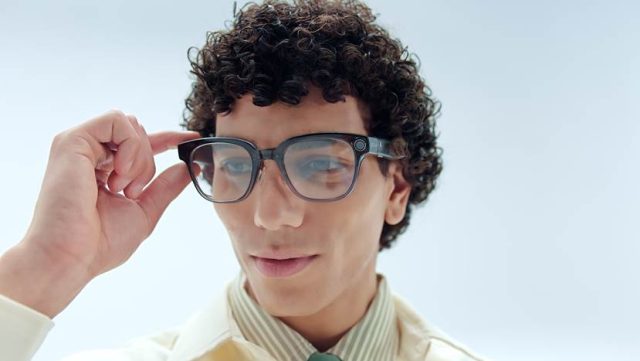Distance sensors are devices that can detect the presence of objects and measure the distance between them. They are used in a wide range of applications, from robotics and automation to automotive and aerospace industries. Here is a deep dive into some of the most common uses for sensors to measure distance and provide examples of how they are being used in various industries.
Obstacle Avoidance
One of the most common uses for distance sensors is obstacle avoidance. Distance sensors can detect obstacles in a moving object’s path and provide feedback to the control system to avoid collisions. For example, in self-driving cars, distance sensors are used to detect other vehicles, pedestrians, and obstacles on the road. They can also be used in drones to avoid obstacles during flight.
In addition to self-driving cars and drones, distance sensors are also used in robots that work in hazardous environments such as nuclear power plants or oil rigs. These robots use distance sensors to detect obstacles and avoid collisions while performing inspection, maintenance, or repair tasks.
Object Detection
Distance sensors can also be used for object detection. They can detect the presence of objects and provide feedback to the control system to take appropriate action. For example, in manufacturing plants, distance sensors detect objects on a conveyor belt and trigger an alarm if an object is missing or misplaced. They can also be used in security systems to detect intruders and trigger an alarm.
In addition to manufacturing plants and security systems, distance measuring sensors are also used in medical equipment such as ultrasound machines and CT scanners. These machines use distance sensors to detect the position of organs or tissues inside the body and create images that help doctors diagnose diseases or injuries.
Level Measurement
Distance sensors can be used for level measurement in tanks and containers. They can measure the distance between the sensor and the surface of the liquid or solid material in the container and provide feedback to the control system to maintain a desired level. For example, in chemical plants, distance measuring sensors are used to measure the level of chemicals in tanks and trigger a refill when the level falls below a certain threshold. They can also be used in agriculture to measure the level of water in irrigation systems.
In addition to chemical plants and agriculture, distance measuring sensors are also used in construction equipment such as bulldozers and excavators. These machines use distance sensors to measure the depth of excavation or fill material and ensure that it meets design specifications.
Robotics
Distance sensors are widely used in robotics for navigation, mapping, and localization. They can provide accurate measurements of distances between objects and help robots navigate through complex environments. For example, in warehouse automation, distance sensors are used to guide robots through narrow aisles and avoid collisions with other robots or objects.
In addition to warehouse automation, distance measuring sensors such as Mars rovers are also used in space exploration missions. These rovers use distance sensors to navigate through rough terrain, avoid obstacles, and collect data about their surroundings.
Aerospace
Distance sensors are also used in aerospace applications such as aircraft landing systems and satellite navigation systems. They can accurately measure distances between objects and help pilots navigate difficult weather conditions. For example, in aircraft landing systems, distance sensors are used to measure the height of the aircraft above the ground during landing.
In addition to aircraft landing systems, distance measuring sensors are also used in space exploration missions, such as docking maneuvers between spacecraft or satellites.
Automotive
Distance sensors are widely used in automotive applications such as parking assistance systems and collision avoidance systems. They can detect obstacles around a vehicle and provide feedback to the driver or control system to avoid collisions. For example, in parking assistance systems, distance sensors are used to detect obstacles around a vehicle during parking.
In addition to parking assistance systems, distance sensors are also used in advanced driver assistance systems (ADAS), such as adaptive cruise control (ACC) or lane departure warning (LDW). These systems use distance sensors to monitor the environment around a vehicle and assist drivers with steering, braking, or accelerating.
Conclusion
Sensors to measure distance are versatile devices that have a wide range of applications across various industries. They can be used for obstacle avoidance, object detection, level measurement, robotics, aerospace, automotive, and many other applications. By using distance sensors, companies can improve safety, increase efficiency, reduce costs, and enhance their products and services.











